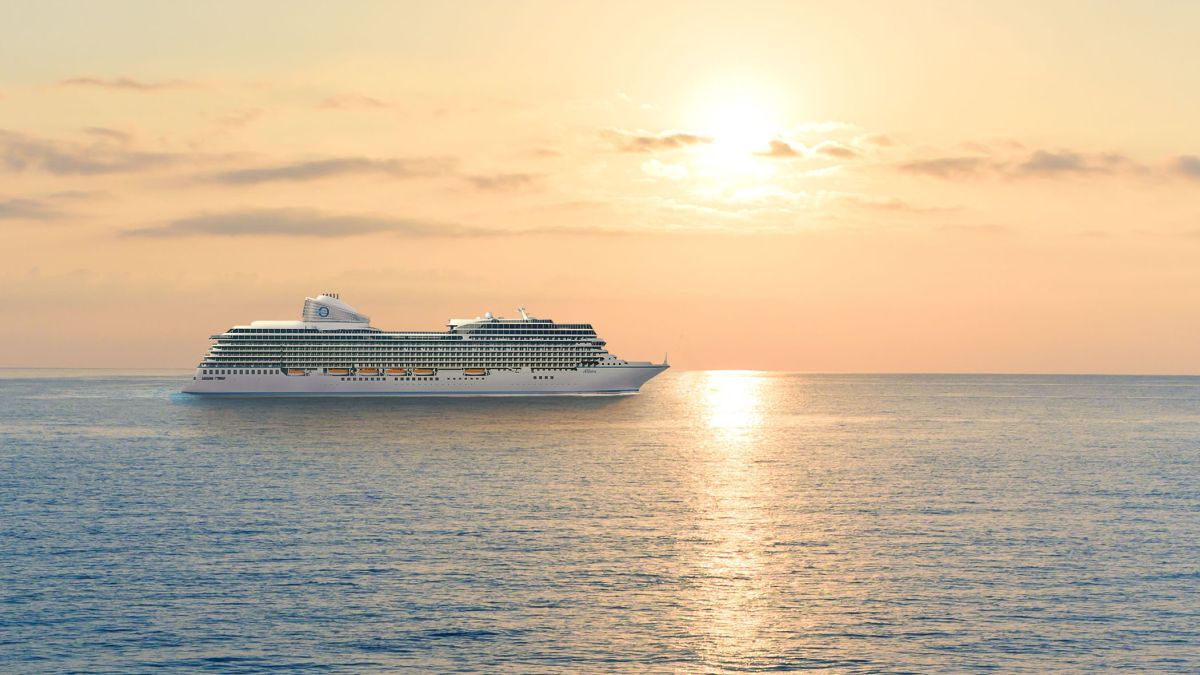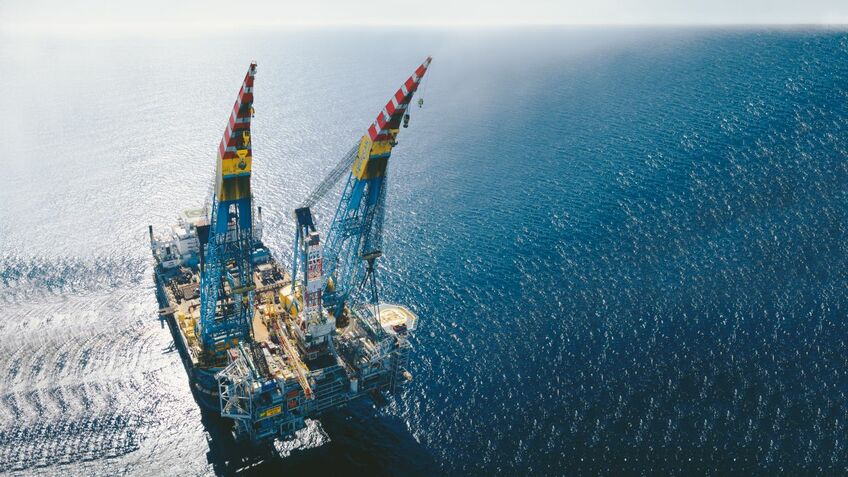Business Sectors
Events
Contents
Register to read more articles.
World’s first wind-powered gas platform loaded
A Dutch offshore gas field being developed will be the world’s first offshore gas production platform powered from a windfarm
The world’s first wind-powered offshore gas production platform has been loaded onto a barge and will be towed into the North Sea in a project that demonstrates the energy industry’s drive to reduce its own emissions.
HSM Offshore has built the steel jacket and topsides of the N05-A platform for ONE-Dyas at its fabrication facility in Schiedam, Rotterdam.
Mammoet assisted in loading out the 3,050-tonne topside and 3,150-tonnes jacket onto the barge in a way that reduces the lead time for offshore construction.
Once installed over the N05-A gas field, this production platform will be powered entirely by wind power – harnessing electricity via cable from the nearby Riffgat offshore windfarm, which has a total installed power generation of 113 MW.
This platform is part of the Gateway to the Ems project as a hub for producing gas from the N05-A field and other reservoirs in the area that crosses the Netherlands and Germany border. The electrification of the platform is expected to reduce carbon emissions by more than 85% throughout the project’s duration.
One of the biggest challenges of the project was the loadout phase. Normally, for loadouts of this type, a barge would receive either a topside or a jacket, not both together. For this project both structures needed to be loaded out onto the same vessel, to shorten the overall schedule.
Mammoet project manager Sven Segeren said this created space and engineering challenges, as the team had to also allow room to install pumps and winches onto the transport vessel. The combined loads also meant conventional mooring methods could not be applied.
“The mooring was quite critical, and we had to do a lot of engineering,” said Mr Segeren. “Normally, we would use a configuration of winches to moor and stabilise the vessel, but that was not possible because of the force of the considerable loads.
“The loads on the winches were too high and the bollards not strong enough, so a small spud leg barge was used to secure the vessel and keep it in position prior to, during and after loadout.”
It took five days to prepare the main barge – to install the ballast equipment, perform the preballasting, and check the sailing conditions to the final location.
The loadout operation of the jacket foundation and topside was completed in just two days.
Riviera’s Offshore Support Journal Conference, Asia 2025, the largest forum for vessel owners, designers, shipbuilders, charterers and suppliers within the OSV sector in Asia, Use this link to register your interest
Related to this Story
Women in Maritime Today: Elin Saltkjel says no day working in maritime is dull
Events
Maritime Environmental Protection Webinar Week
Cyber & Vessel Security Webinar Week
The illusion of safety: what we're getting wrong about crews, tech, and fatigue
Responsible Ship Recycling Forum 2025
© 2024 Riviera Maritime Media Ltd.














